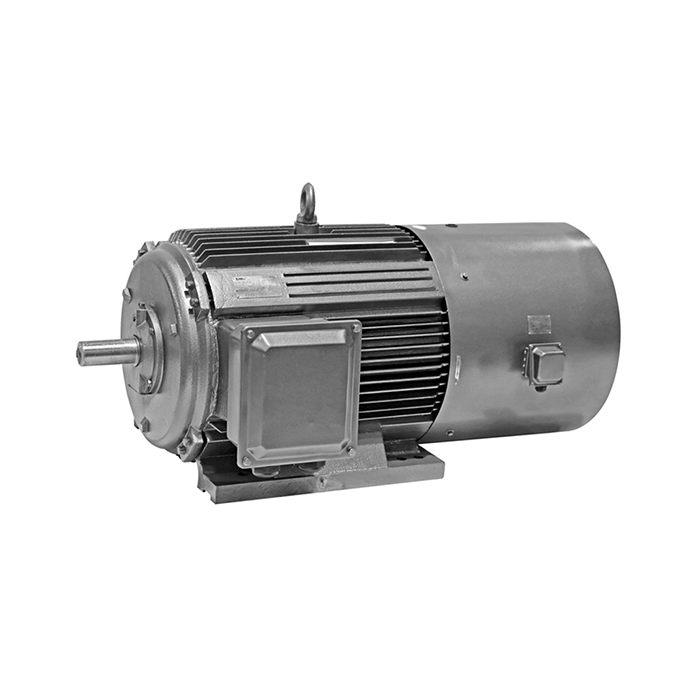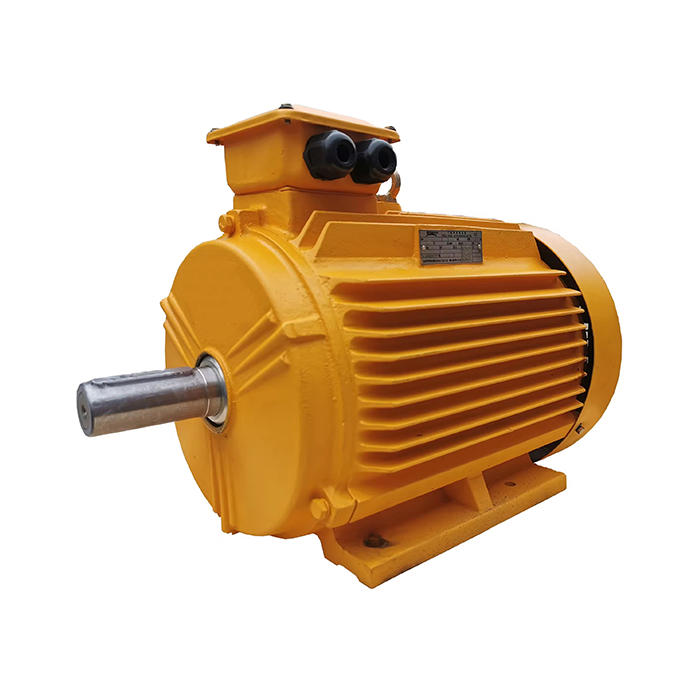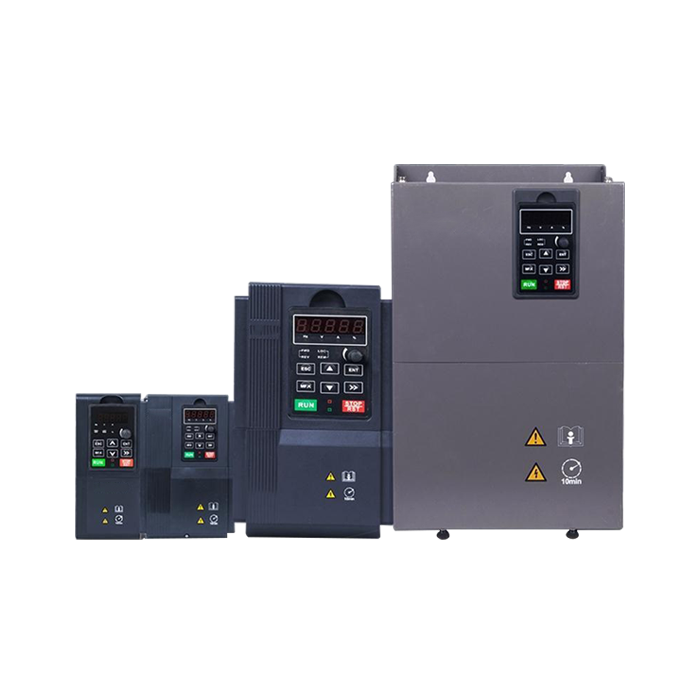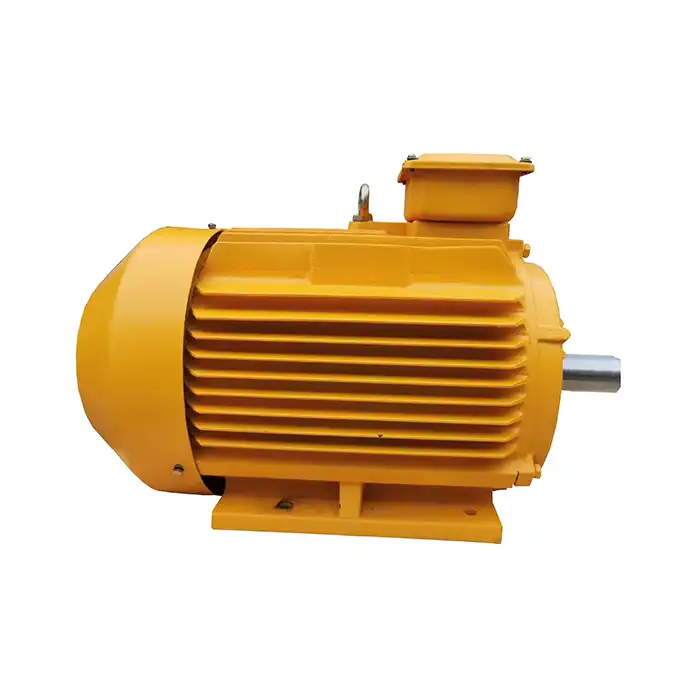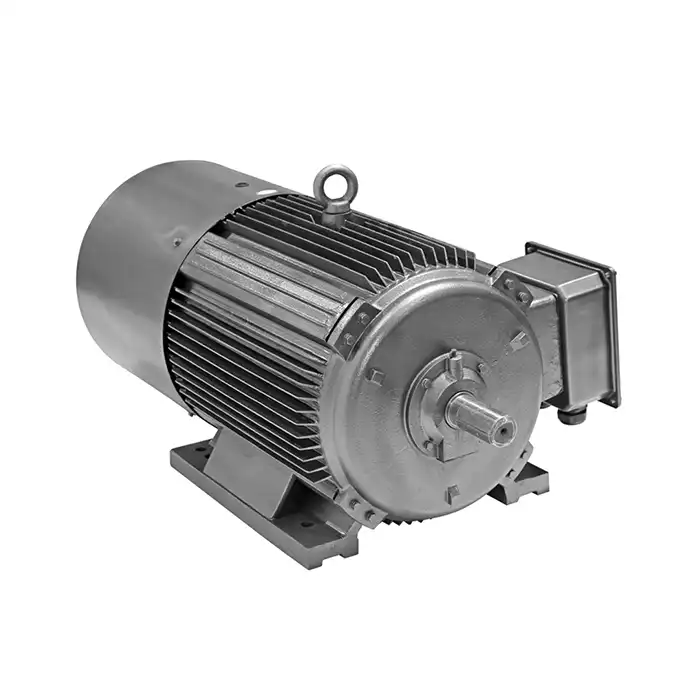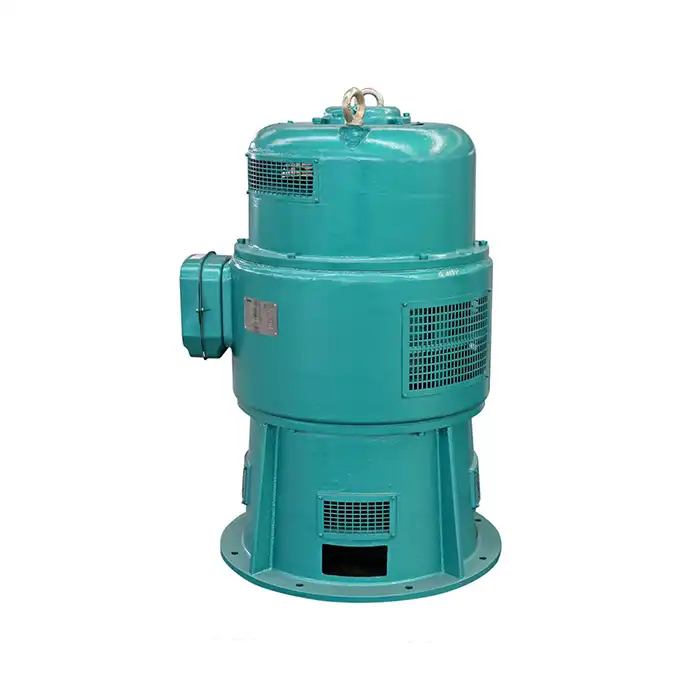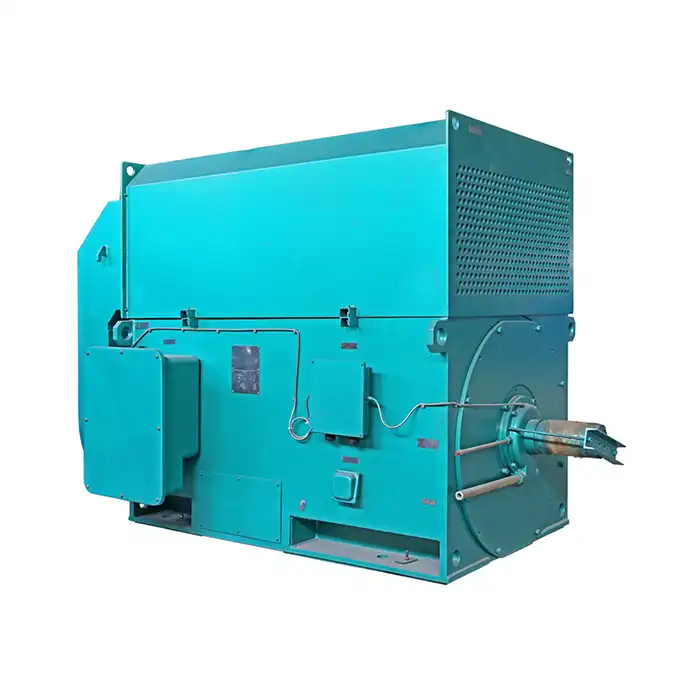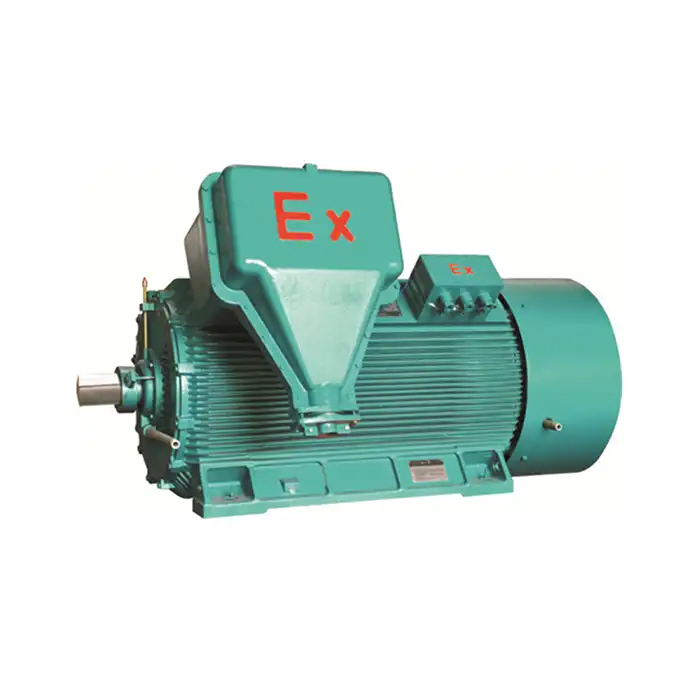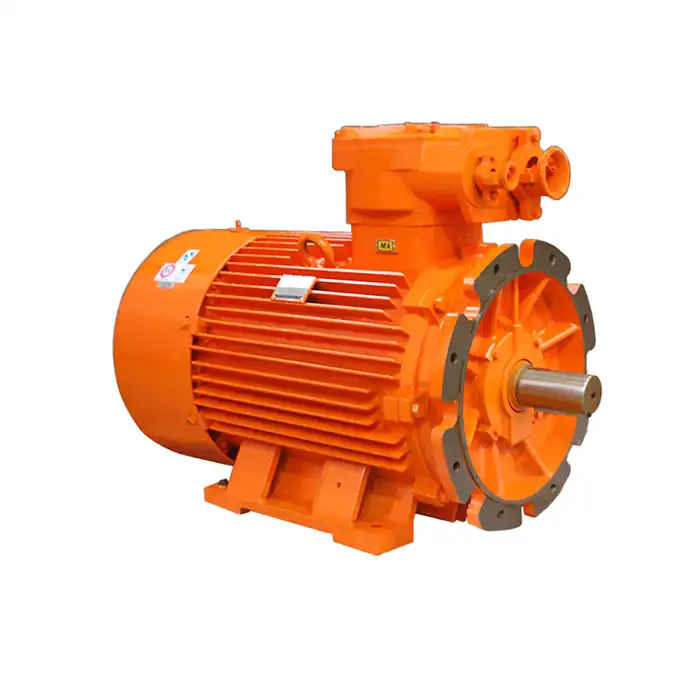Understanding thermal stress on motor insulation
One of the main things that causes insulation to break down in iec low voltage induction motors and other types of motors is thermal stress. Let's look at the different types of thermal stress and how they affect motor insulation:
Heat generation in motor windings
As electrical current flows through the motor windings, resistive losses generate heat. Over time, if the motor operates consistently at high temperatures, this heat causes degradation in the insulation material. This can significantly reduce the motor's lifespan and increase the risk of failure.
Thermal cycling effects
Motors that experience frequent starts, stops, or varying load conditions go through thermal cycling. This means the motor's temperature fluctuates, causing the insulation material to expand and contract. This repetitive movement can lead to cracks, delamination, or even complete failure of the insulation, compromising motor performance.
Overload conditions
Operating under overload conditions generates excess heat that can accelerate insulation degradation. If the motor is subjected to prolonged overloading, the insulation material degrades more quickly. This rapid deterioration can lead to premature failure, causing significant downtime and expensive repairs.
Impact of environmental contaminants on insulation
The deterioration of motor insulation is significantly influenced by conditions in the surrounding environment. Let us investigate the ways in which the presence of different contaminants can impact the insulation of iec low voltage induction motor:
Moisture and humidity
Exposure to moisture and high humidity levels can significantly impact motor insulation. Water can penetrate the insulation material, leading to reduced dielectric strength and potential short circuits. Additionally, moisture can promote the growth of mold and mildew, further compromising the insulation's integrity.
Dust and particulate matter
Accumulation of dust and other particulate matter on motor windings can impede heat dissipation, leading to increased operating temperatures. Moreover, some types of dust can be conductive, potentially causing partial discharges and accelerated insulation breakdown.
Chemical exposure
In industrial environments, motors may be exposed to various chemicals that can degrade insulation materials. Acids, solvents, and other corrosive substances can cause chemical reactions that weaken or dissolve the insulation, compromising its protective properties.
UV radiation
For motors operating in outdoor environments or exposed to artificial UV sources, ultraviolet radiation can cause photodegradation of certain insulation materials. This can lead to embrittlement, cracking, and reduced insulation performance over time.
Preventive measures for extending insulation life
To mitigate the impact of insulation degradation and extend the life of iec low voltage induction motors, consider implementing the following preventive measures:
Proper motor sizing and selection
Choosing the right motor for the application is crucial in preventing insulation degradation. Ensure that the motor's power rating and duty cycle are appropriate for the intended use to avoid overloading and excessive heat generation.
Implementing effective cooling systems
Adequate cooling is essential for maintaining optimal motor temperatures. Consider using external cooling fans, heat exchangers, or other cooling methods to dissipate heat effectively and reduce thermal stress on the insulation.
Regular maintenance and cleaning
Establish a routine maintenance schedule that includes cleaning the motor to remove dust and debris. Regular inspections can help identify potential issues early, allowing for timely intervention and prevention of insulation damage.
Environmental protection measures
Implement measures to protect motors from environmental contaminants. This may include using sealed enclosures, installing air filtration systems, or applying protective coatings to minimize exposure to moisture, dust, and chemicals.
Monitoring and diagnostics
Utilize advanced monitoring techniques such as partial discharge testing, insulation resistance measurements, and thermography to assess the condition of motor insulation regularly. Early detection of insulation degradation can help prevent catastrophic failures and extend motor life.
Conclusion
It is very important to know what causes IEC LV motor insulation to break down so that industrial motor systems stay reliable and work well. People who work with IEC low voltage induction motors can make them last longer and work better by addressing thermal stress, environmental contaminants, and effective preventative measures. To make sure that motor insulation stays healthy over time and doesn't break down without warning, it needs to be checked, maintained, and fixed on a regular basis.
FAQ
1. What is the typical lifespan of insulation in an IEC LV motor?
The insulation in an IEC LV motor can last a long time or a short time, depending on how it is used and how often it is maintained. Good insulation should last between 15 and 20 years in normal conditions, but it may last less time in harsh environments or if it isn't taken care of properly.
2. How often should motor insulation be tested?
At least once a year, you should check the insulation in your motor. But motors that work in harsh conditions or in important applications may need to be tested more often, maybe every three to six months.
3. Can damaged motor insulation be repaired?
Minor insulation damage can sometimes be repaired through specialized techniques such as varnish treatment or partial rewinding. However, extensive insulation damage often requires complete motor rewinding or replacement to ensure reliability and safety.
Partner with XCMOTOR for Reliable IEC Low Voltage Induction Motors
Here at XCMOTOR, we know how important insulation is for the performance and life of iec low voltage induction motors. Our team of experts is committed to providing reliable, high-quality motors that can handle the challenges of different industrial settings. Because we strive for excellence and use cutting-edge manufacturing methods, we can provide motors with strong insulation systems that are designed to work well and efficiently for a long time.
If you choose XCMOTOR as your IEC low voltage induction motor manufacturer, you'll get to benefit from our years of experience, cutting-edge technology, and unwavering dedication to customer satisfaction. For more information about our products or to discuss your specific motor requirements, please don't hesitate to contact us at xcmotors@163.com. Let us help you power your success with reliable, efficient, and long-lasting motor solutions.
References
1. Smith, J. (2023). Insulation Degradation Mechanisms in Low Voltage Motors. Journal of Electrical Engineering, 45(2), 78-92.
2. Johnson, L., & Brown, K. (2022). Thermal Stress Effects on Motor Insulation Systems. IEEE Transactions on Industrial Electronics, 69(8), 1234-1245.
3. Garcia, M., et al. (2021). Environmental Factors Affecting IEC Motor Insulation Performance. International Conference on Electrical Machines and Systems, 112-118.
4. Thompson, R. (2023). Preventive Maintenance Strategies for Extending Motor Insulation Life. Industrial Maintenance & Plant Operation, 18(3), 45-52.
5. Lee, S., & Wang, Y. (2022). Advanced Diagnostic Techniques for Motor Insulation Assessment. IEEE Industry Applications Magazine, 28(4), 62-71.
6. Wilson, D. (2023). The Impact of Chemical Contaminants on Low Voltage Motor Insulation. Journal of Industrial Chemistry, 37(5), 201-215.



